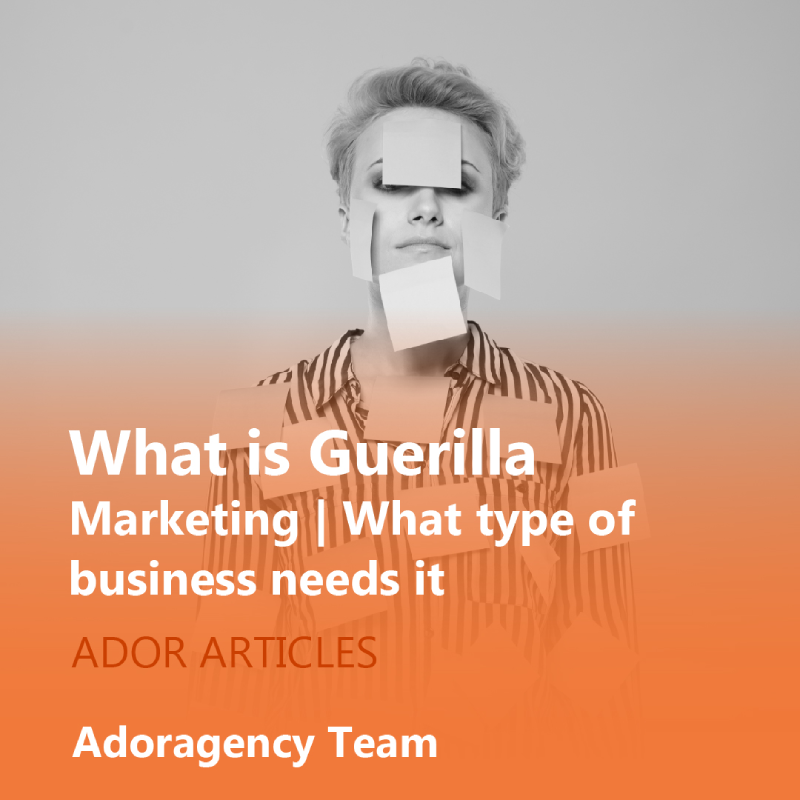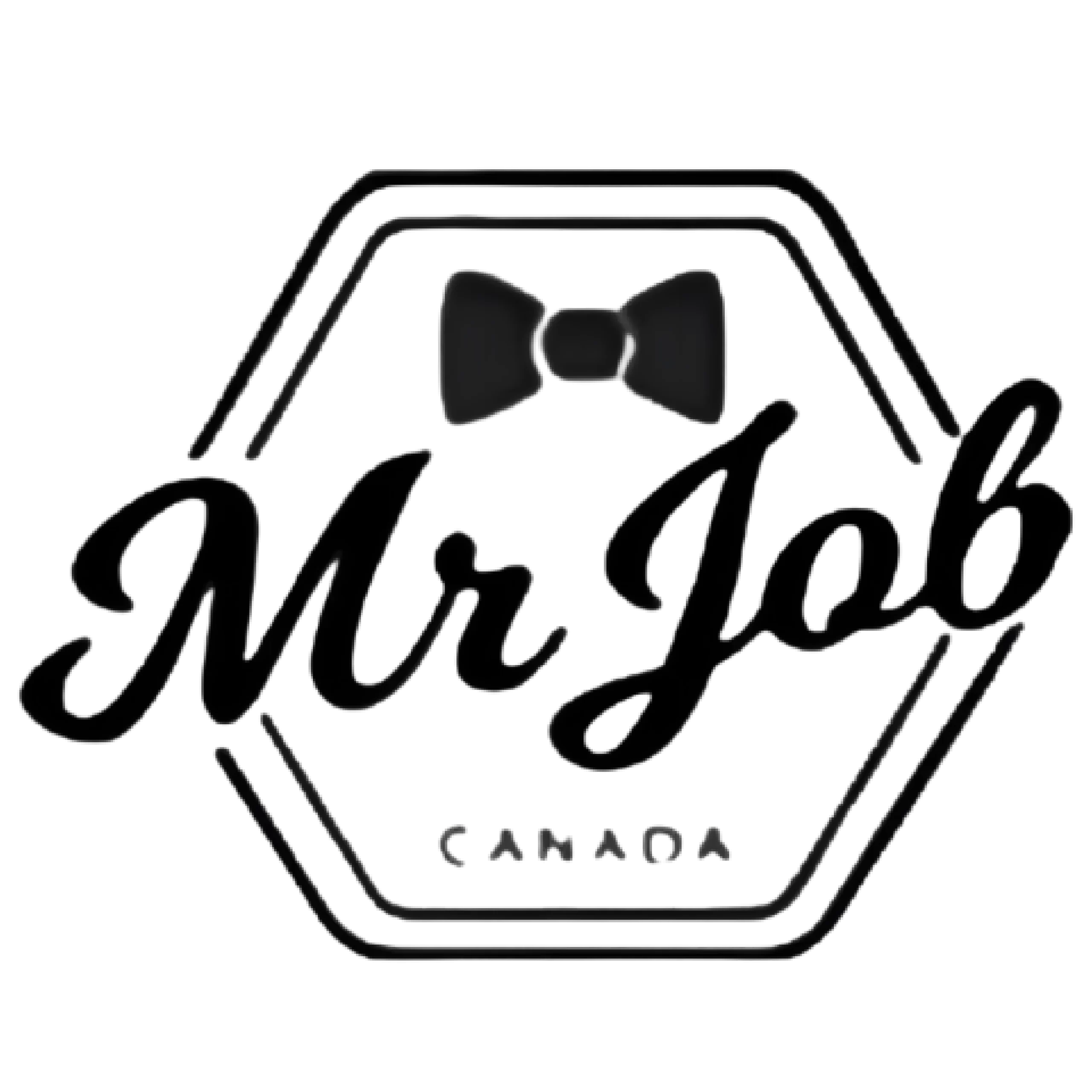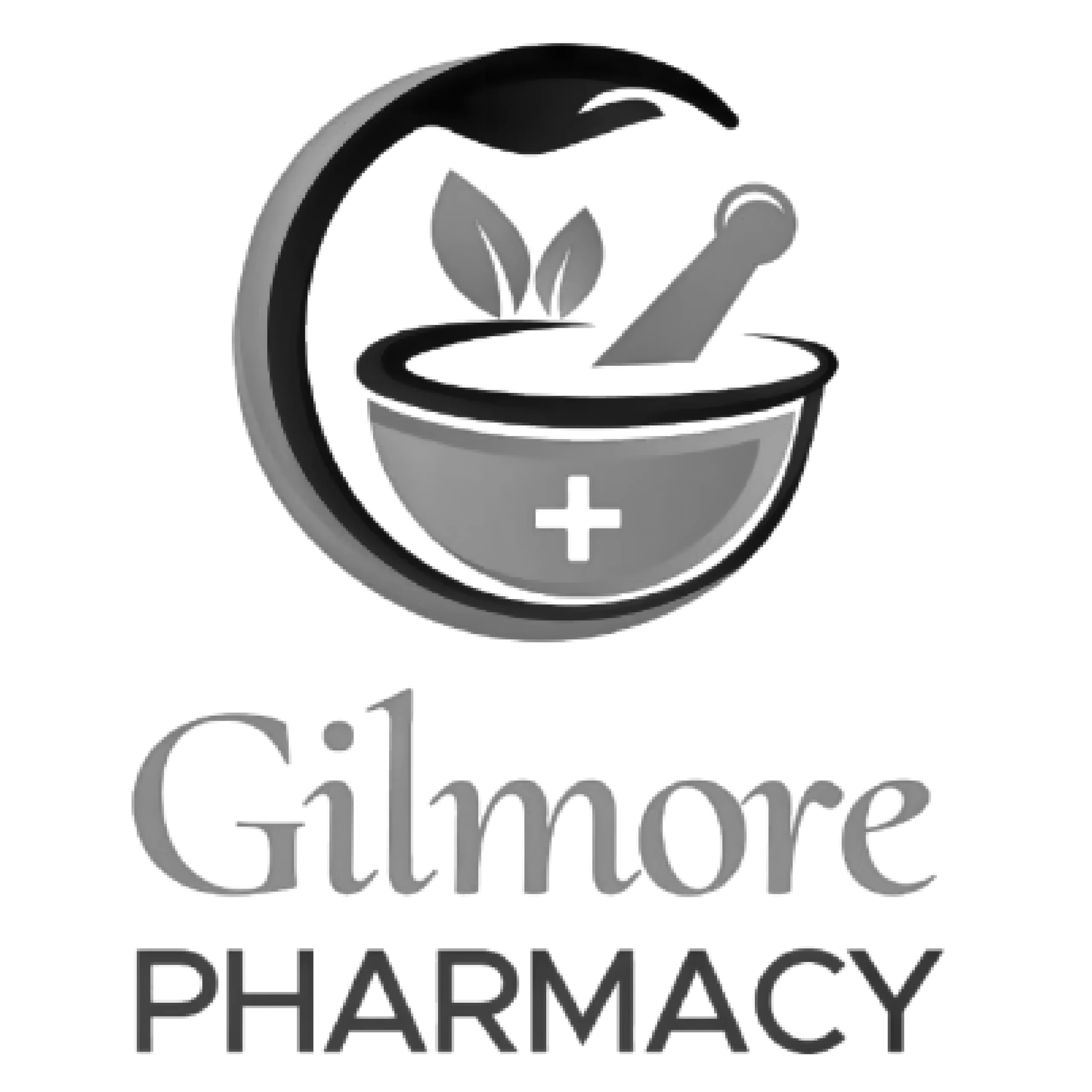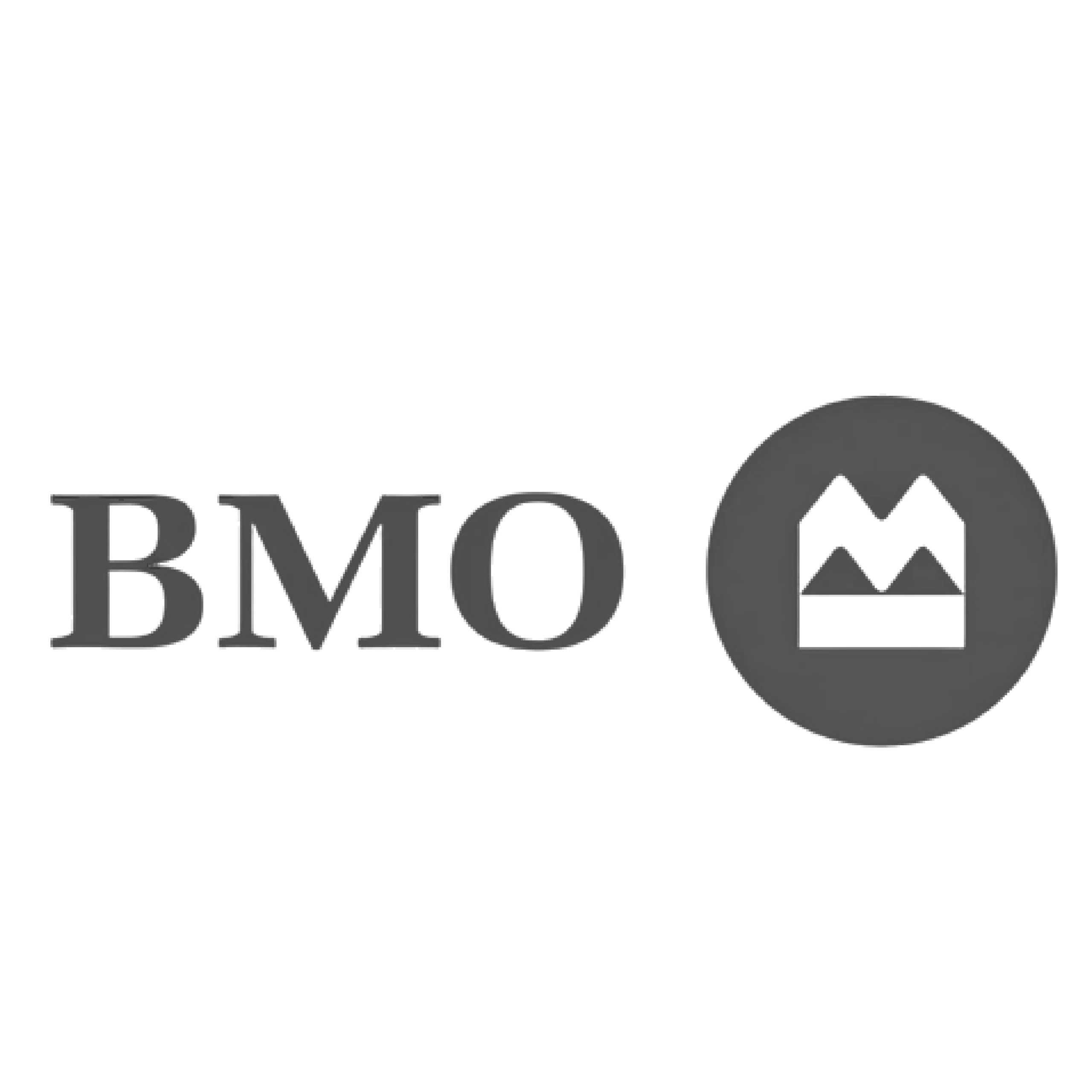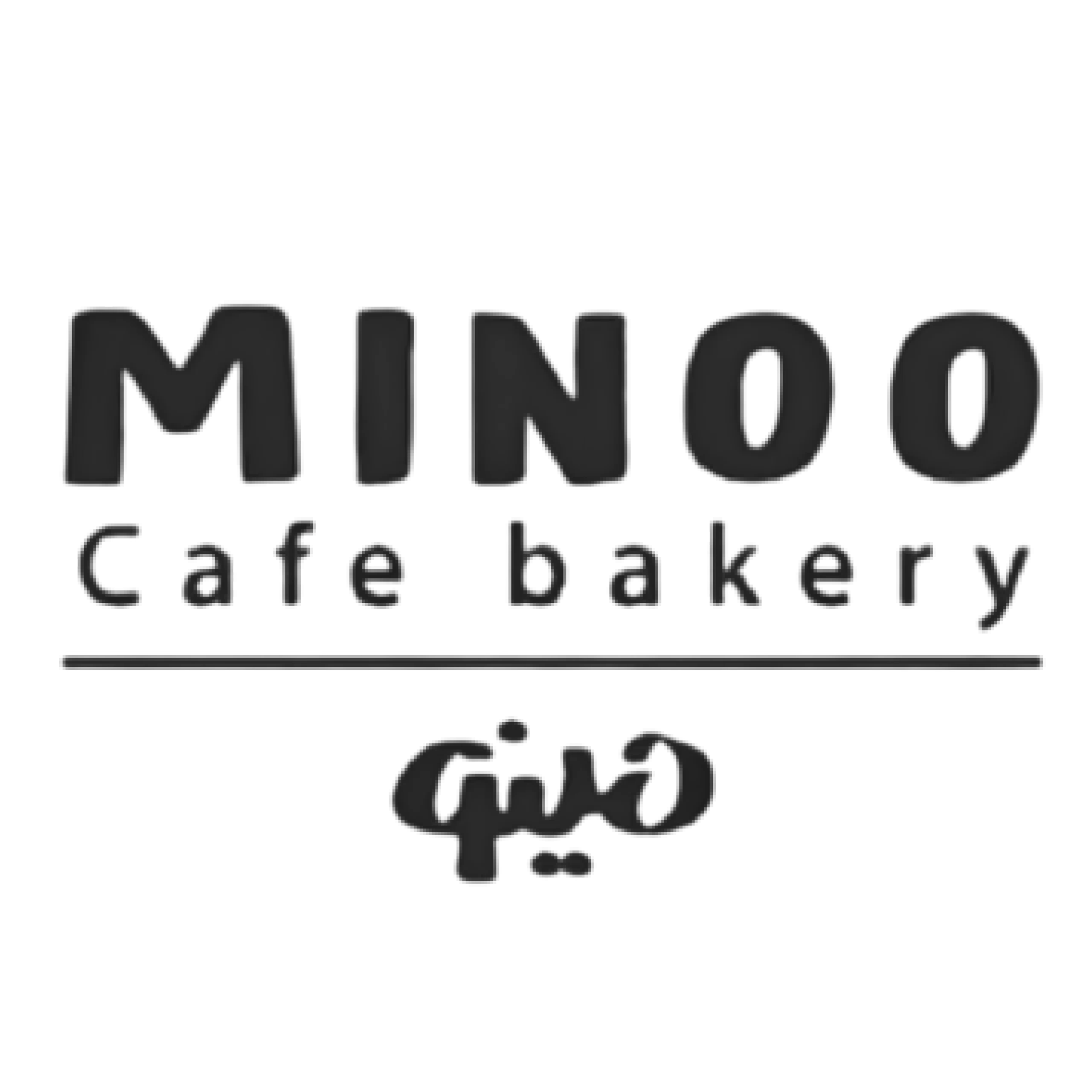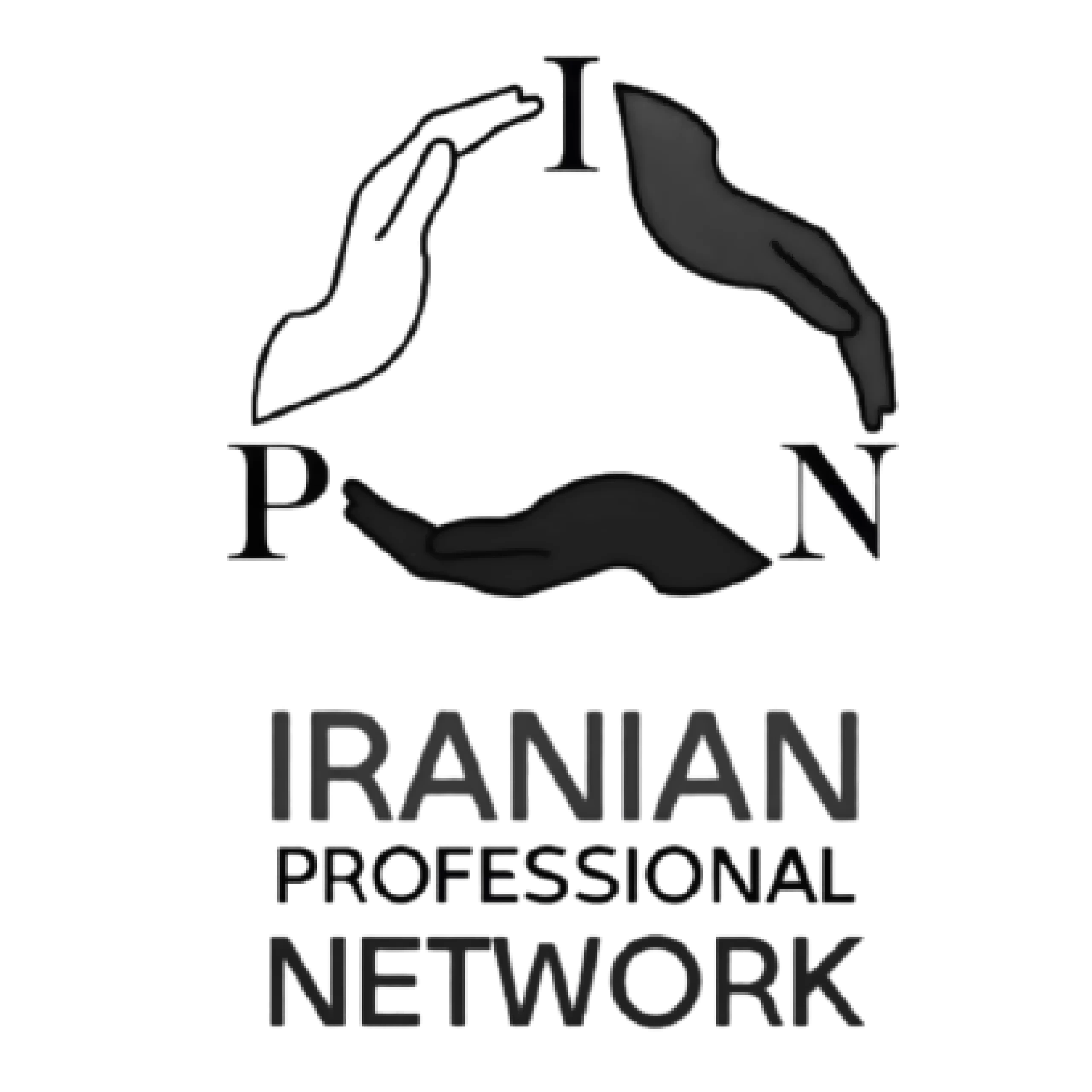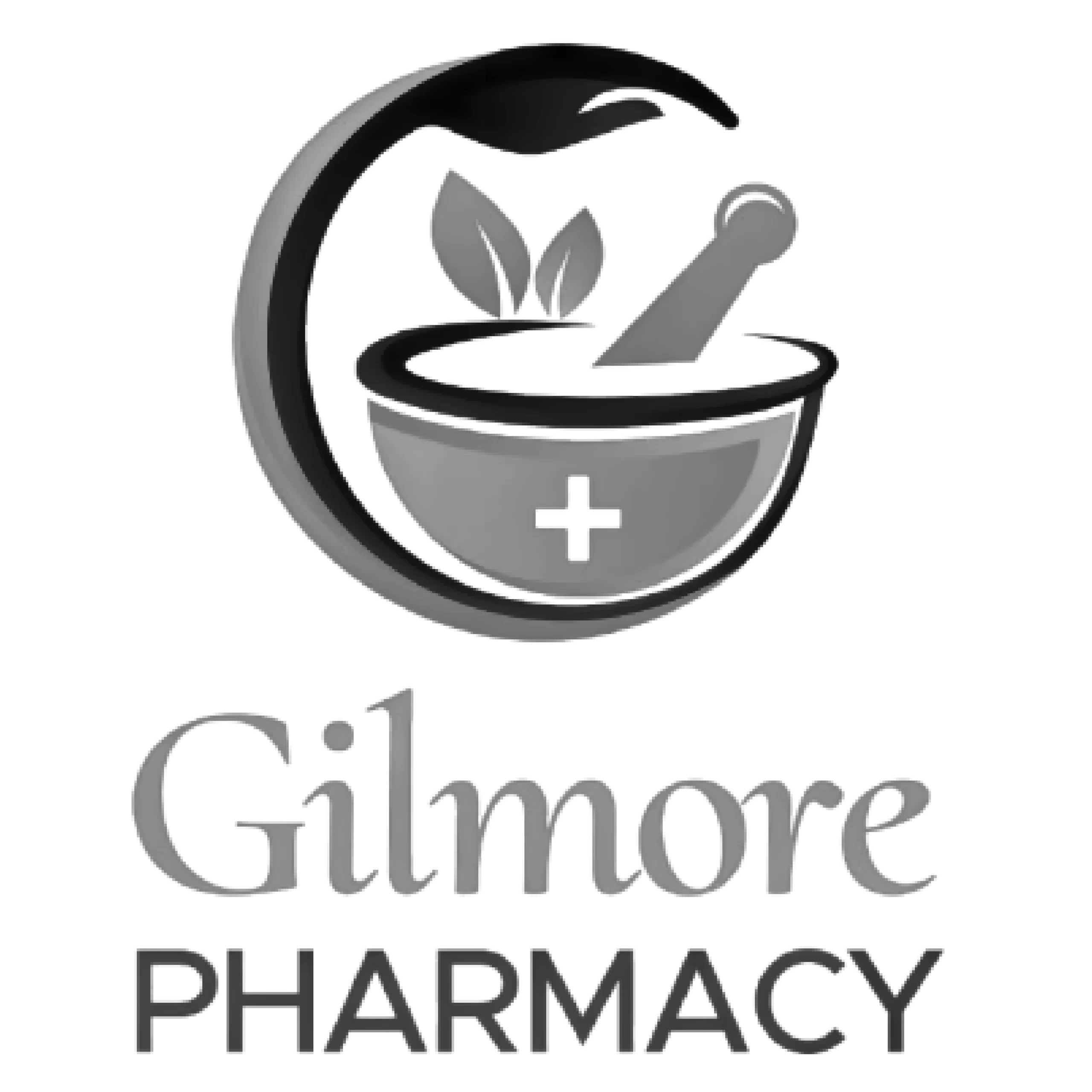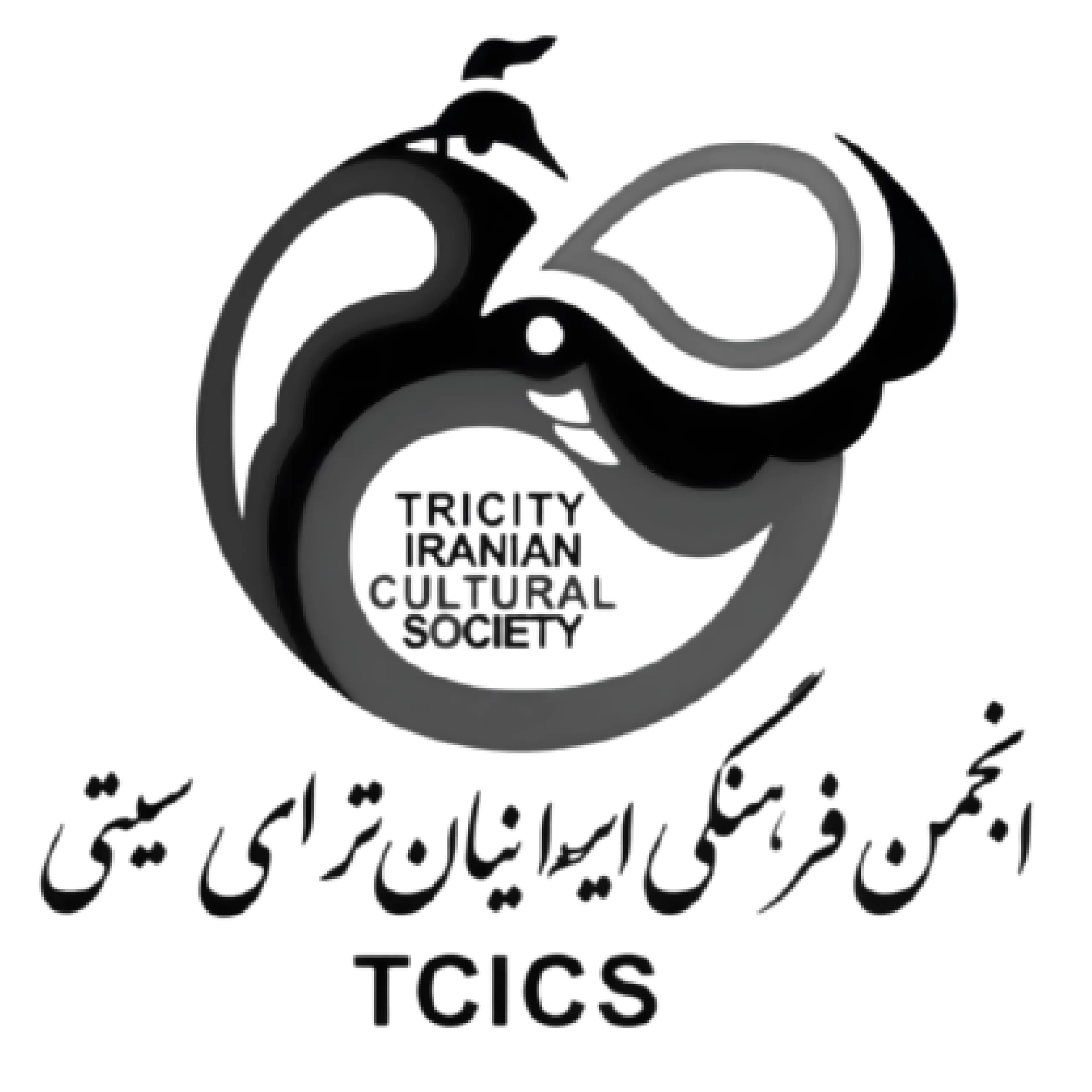Introduction
In conclusion, guerilla marketing is a powerful, cost-effective strategy that leverages creativity and surprise to make a lasting impact. By breaking away from traditional marketing approaches, it enables brands to capture attention in unexpected ways, fostering strong connections with their audience and generating organic word-of-mouth. Its innovative and bold nature makes it ideal for businesses looking to stand out, especially with limited resources.
What is Guerilla Marketing?
Guerilla marketing is an innovative approach to promotion that relies on unconventional, creative tactics to generate buzz and capture attention. This strategy, often employed by small businesses and startups, aims to achieve maximum impact with minimal resources.
At its core, guerilla marketing is about thinking outside the box. It leverages surprise, humor, and originality to create memorable experiences that resonate with target audiences. Unlike traditional advertising, which often relies on big budgets and mainstream media, guerilla marketing thrives on ingenuity and strategic placement.
Some common guerilla marketing techniques include:
- Street art and installations
- Flash mobs and public performances
- Viral social media campaigns
- Ambush marketing at events
- Unusual product placements
- Interactive experiences in unexpected locations

The beauty of guerilla marketing lies in its versatility. It can be adapted to suit various industries and budgets, making it an attractive option for businesses of all sizes. However, success in guerilla marketing requires careful planning and execution to ensure the message aligns with brand values and resonates with the intended audience.
One of the key advantages of guerilla marketing is its potential for virality. When done right, these campaigns can spark conversations, encourage social sharing, and generate earned media coverage. This organic spread can significantly amplify the reach and impact of the initial marketing effort.
However, guerilla marketing is not without risks. Campaigns that are poorly conceived or executed can backfire, leading to negative publicity or legal issues. It’s crucial for marketers to consider potential consequences and ensure their tactics are ethical and respectful.
In today’s digital age, guerilla marketing has evolved to include online tactics as well. Social media platforms provide fertile ground for creative, shareable content that can quickly gain traction. Successful online guerilla marketing often blurs the line between digital and physical experiences, creating immersive campaigns that engage audiences across multiple touchpoints.
Ultimately, the goal of guerilla marketing is to create a lasting impression that goes beyond the initial encounter. By surprising and delighting consumers, brands can foster emotional connections and build loyalty in ways that traditional advertising often struggles to achieve.
Best Types of Guerilla Marketing Ideas
In the following we explane more about guerilla marketing and how you can take benefit out of it:
1. Street Marketing
Street marketing takes the essence of guerilla tactics to the urban landscape, transforming public spaces into interactive brand experiences. This approach leverages the bustling energy of city streets, sidewalks, and squares to create unexpected encounters with potential customers.
Clever street marketing campaigns might involve eye-catching chalk art, strategically placed props, or temporary installations that blend seamlessly with the environment while drawing attention to a product or message. The key to successful street marketing lies in its ability to disrupt the daily routines of passersby, offering a moment of surprise or delight that leaves a lasting impression. By tapping into the local culture and rhythm of urban life, brands can create authentic connections with their audience.
Street marketing excels at generating word-of-mouth buzz, as people naturally share their experiences with friends and on social media. This form of guerilla marketing is particularly effective for local businesses or events, allowing them to make a big impact in their community without the need for a massive advertising budget.

2. Ambient Marketing
Ambient marketing ingeniously integrates promotional messages into everyday environments, turning ordinary objects and spaces into extraordinary brand touchpoints. This subtle yet impactful approach seeks to blend seamlessly with a consumer’s surroundings, creating brand awareness without feeling intrusive.
Successful ambient marketing campaigns often leverage existing elements of the environment, such as stairs, benches, or even natural landscapes, to convey their message in a way that feels organic and surprising. The power of ambient marketing lies in its ability to reach consumers when their guard is down, engaging them in moments when they least expect to encounter advertising.
This method can be particularly effective in high-traffic areas like airports, shopping malls, or public transportation hubs, where people have time to notice and appreciate creative installations. By transforming mundane moments into memorable brand interactions, ambient marketing can create a lasting impression that traditional advertising often fails to achieve. The key to success in ambient marketing is to enhance, rather than disrupt, the environment, adding value to the consumer’s experience.
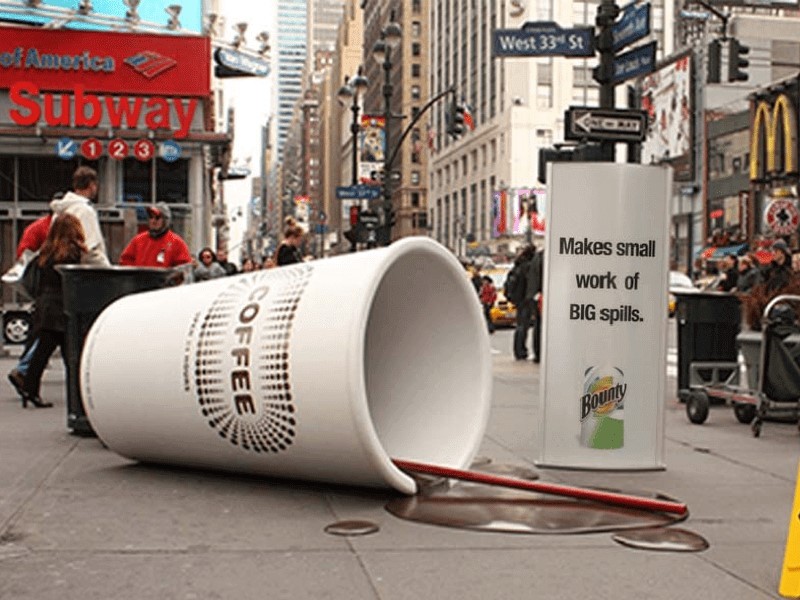
3. Ambush Marketing
Ambush marketing is a bold and often controversial strategy that involves associating a brand with a popular event or cultural moment without being an official sponsor. This tactic aims to capitalize on the attention and goodwill surrounding high-profile occasions, effectively “ambushing” the marketing efforts of official sponsors.
Successful ambush marketing requires creativity, timing, and a deep understanding of legal boundaries. Companies employing this approach might create campaigns that allude to major sporting events, festivals, or other significant happenings without directly referencing them. The goal is to create a strong association in the minds of consumers without incurring the substantial costs of official sponsorship.
While ambush marketing can be highly effective in generating buzz and visibility, it also carries significant risks. Organizations must carefully navigate potential legal issues and public perception, as overly aggressive tactics can backfire and damage brand reputation. When executed skillfully, however, ambush marketing can level the playing field for smaller brands, allowing them to compete for attention alongside larger, well-funded competitors.
4. Guerrilla Projections
Guerrilla projections harness the power of light and imagery to transform urban landscapes into dynamic canvases for brand messaging. This innovative technique involves projecting large-scale visuals onto buildings, landmarks, or other prominent surfaces, often under the cover of night for maximum impact.
The fleeting nature of these projections creates a sense of urgency and exclusivity, encouraging viewers to engage with the content in real-time and share their experiences on social media. Guerrilla projections can range from simple logo displays to complex animated stories that interact with the architectural features of their backdrop. This form of marketing is particularly effective for launching new products, promoting events, or raising awareness for social causes.
The visual spectacle of a well-executed projection campaign can generate significant media coverage and social media buzz, extending the reach far beyond the immediate audience. However, marketers must navigate legal considerations and obtain necessary permissions to avoid potential conflicts with property owners or local authorities.
15 ways to grow your YouTube Channel in 2024
5. Guerrilla Projections
Pop-up installations bring an element of surprise and immediacy to guerrilla marketing, creating temporary spaces that offer unique brand experiences. These short-lived setups can take many forms, from miniature storefronts to interactive art installations, appearing unexpectedly in high-traffic areas or unconventional locations.
The temporary nature of pop-ups creates a sense of urgency, encouraging people to engage with the brand before the opportunity disappears. Successful pop-up installations often blend elements of retail, art, and entertainment, offering something of value to participants beyond mere product promotion.
This approach allows brands to test new concepts, gather real-time feedback, and create memorable experiences that foster emotional connections with consumers. Pop-ups are particularly effective for generating buzz around product launches, limited-time offers, or brand collaborations. By carefully choosing locations and timing that align with their target audience’s habits, brands can maximize the impact of these fleeting experiences and drive significant social media sharing.

6. Viral Marketing
Viral marketing harnesses the power of social networks to spread brand messages rapidly and organically, much like a virus spreads through a population. This digital-centric approach aims to create content so compelling, entertaining, or valuable that people feel compelled to share it with their peers.
Successful viral campaigns often tap into current trends, emotions, or cultural moments, presenting them in a way that feels authentic and shareable. The key to viral marketing lies in understanding the psychology of sharing and creating content that aligns with the motivations of the target audience. This could involve humorous videos, interactive challenges, thought-provoking messages, or unique experiences that people want to be associated with.
While the potential reach of viral marketing is immense, success is often unpredictable and difficult to replicate. Brands must be prepared to act quickly when a campaign gains traction, supporting its spread and engaging with the audience as the content proliferates across platforms. When executed successfully, viral marketing can achieve massive exposure at a fraction of the cost of traditional advertising campaigns.

Elements of a successful Guerilla Marketing Campaign
Elements of a successful Guerilla Marketing Campaign are crucial for creating impactful and memorable brand experiences. Here’s an exploration of the key components that contribute to effective guerilla marketing:
1. Creativity and Innovation
At the heart of any successful guerilla marketing campaign lies creativity. This element involves thinking outside the box and developing unique, eye-catching ideas that break through the noise of traditional advertising. Innovative concepts capture attention and spark curiosity, encouraging people to engage with the brand message.
Creative campaigns often play with unexpected juxtapositions, use humor effectively, or transform everyday objects and spaces in surprising ways. The goal is to create something so novel and interesting that people can’t help but take notice and share their experience with others.
2. Strategic Planning
While guerilla marketing often appears spontaneous, successful campaigns require meticulous planning. This involves carefully selecting the right time, place, and audience for maximum impact. Strategic planning also includes considering potential risks and challenges, ensuring legal compliance, and preparing contingency plans.
A well-planned campaign takes into account the brand’s overall marketing objectives, target demographic, and the specific message it aims to convey. It also considers how the guerilla tactic will integrate with other marketing efforts for a cohesive brand experience.
3. Relevance and Resonance
For a guerilla marketing campaign to truly succeed, it must resonate with its target audience. This means creating content or experiences that are not only attention-grabbing but also relevant to the audience’s interests, values, and daily lives.
Successful campaigns often tap into current trends, cultural moments, or shared experiences that their audience can relate to. By doing so, they create an emotional connection that goes beyond mere product promotion, fostering a deeper relationship between the brand and its consumers.
Tips for Creating Engaging Video Content
4. Engagement and Interactivity
The most effective guerilla marketing campaigns don’t just broadcast a message; they invite participation. By creating interactive experiences, brands can turn passive observers into active participants, significantly increasing the impact and memorability of the campaign.
This could involve physical interactions with installations, digital engagement through social media challenges, or immersive experiences that blend the real and virtual worlds. The key is to make the audience feel like they’re part of the story, not just spectators.
5. Viral Potential
In today’s interconnected world, the ability of a campaign to go viral is a crucial element of its success. This means creating content or experiences that are inherently shareable, tapping into people’s desire to be the first to discover and spread something new and exciting.
Campaigns with high viral potential often elicit strong emotional responses – whether it’s laughter, surprise, or even controversy – that compel people to share with their networks. They also make sharing easy, often incorporating hashtags or other social media elements directly into the experience.
6. Brand Alignment
While guerilla marketing thrives on the unexpected, successful campaigns always maintain a clear connection to the brand’s identity and values. The creative execution, no matter how outlandish, should reinforce the brand’s messaging and positioning in the market.
This alignment ensures that the campaign not only generates buzz but also contributes to long-term brand building. It helps create a coherent brand narrative across all marketing efforts, maximizing the impact of the guerilla tactic within the broader marketing strategy.
7. Measurability and Adaptability
Finally, successful guerilla marketing campaigns incorporate ways to measure their impact. This could involve tracking social media mentions, monitoring foot traffic to physical locations, or measuring changes in brand perception through surveys.
The ability to measure results allows marketers to adapt and refine their approach in real-time, maximizing the campaign’s effectiveness. It also provides valuable insights for future marketing efforts, helping brands continually improve their guerilla marketing strategies.
10 Most Powerful Guerilla Marketing Examples
1. NIKE – Embodying Brand Values
Nike’s “Just Do It” campaign has long been a hallmark of guerilla marketing excellence. In one memorable instance, Nike transformed a building in Rio de Janeiro into a massive, interactive LED display. Passersby could use their smartphones to design shoe patterns, which were then projected onto the building in real-time. This campaign brilliantly embodied Nike’s ethos of innovation and individual empowerment. By allowing people to actively participate in the creative process, Nike not only generated buzz but also reinforced its brand values of personal achievement and self-expression. The scale and interactivity of the installation created a spectacle that was inherently shareable, extending the campaign’s reach far beyond its physical location through social media and word-of-mouth.
2. Marvel Studios – Promoting Movies through Social Media
Marvel Studios’ guerilla marketing for “Deadpool 2” highlighted the power of social media in creating viral buzz. The campaign leveraged the character’s irreverent humor through a series of unconventional promotional stunts. One standout moment was when Deadpool “took over” the Twitter account of Good Housekeeping magazine, resulting in a special edition cover and a series of twisted domestic tips. This unexpected collaboration perfectly captured Deadpool’s off-beat personality while reaching an audience far beyond typical superhero movie fans. The campaign’s success lay in its ability to surprise and entertain, generating organic shares and discussions across social platforms. By thinking outside the traditional movie-marketing box, Marvel created a campaign that felt authentic to the character and irresistibly shareable.
3. Snapchat – Hogging the Spotlight
Snapchat’s guerilla marketing coup at the 2015 Cannes Lions festival demonstrated the power of simplicity and strategic placement. The company placed its now-iconic ghost logo on bright yellow billboards throughout Cannes, effectively “photobombing” the prestigious advertising event. This bold move not only captured the attention of festivalgoers but also generated significant media coverage. The genius of the campaign lay in its context – by inserting itself into a gathering of advertising industry elite, Snapchat positioned itself as a disruptive force in the media landscape. The minimalist design and strategic placement created a visually striking contrast that was perfect for social media sharing, extending the campaign’s reach far beyond the physical event.
4. IT Movie – Merging Street Art with Iconic Movie Scenes
The marketing campaign for the horror film “IT” brilliantly blended street art with iconic imagery to create an eerie, immersive experience. Red balloons – a key element from the story – were tied to sewer grates in various cities, accompanied by chalk drawings of the film’s sinister clown. This simple yet effective tactic transformed ordinary urban landscapes into chilling scenes straight out of the movie. The campaign’s success lay in its ability to bring the film’s haunting atmosphere into the real world, creating photo-worthy moments that quickly spread across social media. By tapping into the primal fear of clowns and the curiosity surrounding urban legends, the campaign generated significant buzz and anticipation for the film’s release.
5. Jeep – Demonstrating Powerful Product Features
Jeep’s guerilla marketing campaign in Vancouver ingeniously displayed the vehicle’s off-road capabilities. The company placed a full-sized Jeep on the side of a building, making it appear as if it was climbing straight up the wall. This eye-catching installation not only stopped traffic but also perfectly illustrated Jeep’s brand promise of adventure and capability. The visual impact of seeing a car defying gravity on a city building created an instant talking point, encouraging passersby to share photos and discuss the stunt online. By bringing the excitement of off-road driving into an urban setting, Jeep effectively communicated its unique selling proposition in a way that traditional advertising simply could not match.
6. Science World – Raising brand awareness
Science World in Vancouver created a series of thought-provoking guerilla marketing installations to spark curiosity and promote scientific thinking. One memorable example involved placing a giant fingerprint on a bus stop with the caption “The average person produces 10 liters of sweat per day.” This clever use of an everyday space transformed a mundane wait for public transport into an engaging learning moment. The campaign’s success lay in its ability to make scientific facts relatable and interesting to the general public. By presenting information in unexpected and visually striking ways, Science World not only raised awareness of its brand but also fulfilled its mission of making science accessible and exciting to everyone.

7. Sarova Hotels – Promoting a good cause
Sarova Hotels in Kenya launched a powerful guerilla marketing campaign to raise awareness about wildlife conservation. They placed life-sized cut-outs of endangered animals in unexpected urban locations, such as zebras crossing city streets or lions lounging in public parks. Each installation was accompanied by a thought-provoking message about habitat loss and species extinction. This campaign effectively brought the plight of African wildlife into the heart of bustling cities, creating a stark contrast that demanded attention. By aligning their brand with an important cause, Sarova Hotels not only generated publicity but also positioned themselves as a socially responsible company committed to preserving Kenya’s natural heritage.
8. Raising the Roof – Engaging with the community
Canadian charity Raising the Roof created a powerful guerilla marketing campaign to highlight the issue of youth homelessness. They placed cardboard signs typically associated with homeless individuals around city streets, but instead of asking for money, the signs bore messages like “I’m not homeless, but almost 20% of the homeless population is under 24.” This campaign effectively subverted expectations, forcing passersby to confront their preconceptions about homelessness. By using familiar objects in an unexpected way, Raising the Roof created a campaign that was both emotionally impactful and highly shareable. The initiative not only raised awareness about youth homelessness but also encouraged community engagement and support for the charity’s mission.
Guerilla Marketing Vs. Smart Advertising
While both guerilla marketing and smart advertising aim to capture audience attention and drive engagement, they differ significantly in their approach, execution, and overall strategy. Let’s explore the key differences between these two marketing methods:
1. Cost and Resources
Guerilla Marketing: Guerilla marketing often relies on creativity and ingenuity rather than big budgets. It’s designed to achieve maximum impact with minimal financial investment. Campaigns typically leverage unconventional methods, public spaces, and word-of-mouth to spread the message. This approach makes guerilla marketing particularly attractive for startups, small businesses, or those with limited marketing budgets.
Smart Advertising: Smart advertising, while it can be cost-effective, often involves more substantial financial investment. It utilizes data-driven strategies, advanced technologies, and paid media channels to reach target audiences. Smart advertising campaigns might employ sophisticated tools for audience targeting, programmatic ad buying, and performance tracking, which can require significant resources in terms of both money and expertise.
2. Channel and Medium
Guerilla Marketing: Guerilla marketing thrives on unconventional channels and unexpected mediums. It might involve street art, flash mobs, interactive installations in public spaces, or clever manipulations of everyday objects. The goal is to surprise and engage people in their daily environments, often blurring the line between art, entertainment, and advertising.
Smart Advertising: Smart advertising typically operates within more traditional advertising channels, albeit with a tech-savvy twist. This might include social media platforms, search engines, mobile apps, and other digital spaces. While the delivery method may be innovative (e.g., AR/VR experiences, personalized video ads), the channels themselves are generally established advertising mediums.
3. Targeting and Personalization
Guerilla Marketing: Guerilla marketing often takes a broader, more public approach. While campaigns can be designed with a specific audience in mind, they’re generally meant to capture widespread attention and generate buzz among a diverse group of people. The focus is on creating a memorable experience that people will want to share, rather than targeting specific individuals.
Smart Advertising: Smart advertising excels in precise targeting and personalization. It leverages data analytics, AI, and machine learning to deliver highly tailored messages to specific audience segments. This might involve retargeting based on previous interactions, personalized product recommendations, or ads that change based on factors like weather, time of day, or user behavior.
4. Measurability and Analytics
Guerilla Marketing: Measuring the impact of guerilla marketing can be challenging. While social media mentions, press coverage, and word-of-mouth can be tracked to some extent, the full reach and impact of a guerilla campaign is often hard to quantify precisely. Success is often gauged by the buzz generated, brand recall, and anecdotal evidence.
Smart Advertising: Smart advertising is highly measurable, with detailed analytics available for most aspects of a campaign. Marketers can track impressions, clicks, conversions, ROI, and numerous other metrics in real-time. This data-driven approach allows for continuous optimization and refinement of advertising strategies.
5. Scalability and Replicability
Guerilla Marketing: Guerilla marketing campaigns are often one-off events or limited-time installations. Their impact relies heavily on the element of surprise and novelty, making them difficult to scale or replicate without losing effectiveness. Each campaign typically requires a fresh, creative approach.
Smart Advertising: Smart advertising strategies are generally more scalable and replicable. Once a successful formula is found (e.g., an effective targeting algorithm or ad format), it can often be scaled up or applied across different products or markets with adjustments.
6. Brand Perception and Engagement
Guerilla Marketing: Guerilla marketing can significantly impact brand perception, often positioning a brand as innovative, daring, or in touch with its audience. It excels at creating emotional connections and memorable experiences that can lead to strong brand loyalty. However, it also carries higher risks if the campaign misfires or is perceived negatively.
Smart Advertising: Smart advertising focuses on delivering relevant, timely messages to receptive audiences. It can enhance brand perception by demonstrating an understanding of consumer needs and preferences. While it may not create the same level of emotional impact as a successful guerilla campaign, it can consistently reinforce brand messaging and drive conversions over time.
Best ways for Optimizing Your Website for Mobile
How to Identify a Guerrilla Marketing Campaign
Identifying a guerrilla marketing campaign involves recognizing several key characteristics that set these innovative strategies apart from traditional advertising. Here’s how to spot a guerrilla marketing campaign:
1. Unexpected Placement
Guerrilla marketing often appears in unconventional locations, catching people off guard. Look for brand messages or experiences in places you wouldn’t typically expect to see advertising. This could be anything from a creative street installation to a surprising intervention in a public space.
For example, you might encounter a life-sized board game on a city sidewalk or find product demonstrations in unexpected venues like parks or subway stations. The element of surprise is a hallmark of guerrilla marketing.
2. Low-Budget, High-Impact Execution
Many guerrilla campaigns achieve significant impact without relying on expensive media buys or elaborate productions. Look for marketing efforts that seem to maximize creativity and ingenuity rather than big budgets.
This might involve clever use of existing environments, simple but striking visuals, or creative repurposing of everyday objects. The focus is on generating buzz through novelty and creativity rather than through sheer spending power.

3. Interactive or Participatory Elements
Guerrilla marketing often invites audience participation or interaction. Look for campaigns that encourage people to engage physically or digitally with the brand message.
This could involve anything from interactive street art to social media challenges that prompt user-generated content. The goal is to turn passive observers into active participants in the marketing experience.
4. Temporary or Time-Limited Nature
Many guerrilla marketing campaigns are designed to be fleeting or time-sensitive. This creates a sense of urgency and exclusivity that can drive engagement and sharing.
Look for marketing efforts that appear suddenly and may disappear just as quickly. This could be a pop-up event, a limited-time installation, or a one-day stunt that generates buzz and then vanishes.
5. Viral Potential
Guerrilla marketing is often designed with shareability in mind. Look for campaigns that seem tailor-made for social media sharing or word-of-mouth spread.
These campaigns often evoke strong emotions – surprise, amusement, or even mild controversy – that compel people to share their experience with others. The most successful guerrilla campaigns often gain traction through organic sharing rather than paid promotion.
6. Brand Alignment with a Twist
While guerrilla marketing is unconventional, it should still align with the brand’s overall identity and values. Look for campaigns that creatively express a brand’s essence in unexpected ways.
For instance, an eco-friendly brand might create a striking visual installation using recycled materials, or a fitness brand might turn a public staircase into an impromptu gym.
7. Local or Cultural Relevance
Many guerrilla marketing campaigns are highly localized or tied to specific cultural contexts. Look for marketing efforts that seem particularly attuned to local landmarks, current events, or cultural touchpoints.
This might involve clever use of local slang, references to regional traditions, or interventions in well-known local spaces.
8. Blurred Lines Between Marketing and Art/Entertainment
Guerrilla marketing often blurs the distinction between advertising and other forms of creative expression. Look for campaigns that could be mistaken for street art, performance art, or public installations at first glance.
The marketing message might be subtle or revealed only upon closer inspection, creating an “aha” moment for the audience.
9. Emotional Impact
Effective guerrilla marketing often aims to evoke strong emotional responses. Look for campaigns that make you feel something – whether it’s joy, surprise, empathy, or even mild discomfort.
These emotional reactions are what make guerrilla marketing memorable and shareable.
10. Minimal Branding (Initially)
Some guerrilla marketing campaigns start with minimal or no obvious branding, building curiosity before revealing the brand behind the experience. Look for intriguing public displays or events that don’t immediately disclose their commercial nature.
The 8 Best Marketing Tips for your Guerilla Campaigns
1. Consider your Target Audience
Understanding your target audience is crucial for any successful guerrilla marketing campaign. Dive deep into demographic data, psychographics, and behavioral patterns of your ideal customers. Consider their interests, pain points, and daily routines. This knowledge will help you create campaigns that resonate on a personal level.
For example, if targeting young urban professionals, you might focus on high-traffic areas during commute times or popular lunch spots. If aiming at eco-conscious consumers, your campaign could incorporate sustainable materials or highlight environmental issues. By tailoring your approach to your audience’s specific characteristics and preferences, you’ll increase the likelihood of creating a meaningful connection and achieving your marketing objectives.

2. Location is everything for Guerrilla Marketing
The success of a guerrilla marketing campaign often hinges on its location. Choose spaces where your target audience naturally congregates or passes through regularly. Consider unconventional locations that align with your brand message or campaign theme.
Urban environments offer numerous opportunities: bus stops, street corners, parks, or even the sides of buildings can become canvases for your creativity. However, don’t limit yourself to city settings. Depending on your audience, you might find success in shopping malls, college campuses, or even rural areas.
Remember to research local regulations and obtain necessary permissions to avoid legal issues. The perfect location not only maximizes visibility but also enhances the impact of your message by providing relevant context.
3. Find an Original Concept for your Campaign
Originality is the lifeblood of guerrilla marketing. Brainstorm ideas that haven’t been done before or find innovative twists on existing concepts. Think about how you can transform ordinary objects or spaces into extraordinary brand experiences.
Consider using optical illusions, interactive installations, or unexpected juxtapositions to capture attention. For instance, a fitness brand might turn a bus stop into a mini-gym, or a bookstore could create a giant, walk-through book in a public square.
The key is to create something so unique and intriguing that people can’t help but take notice and share their experience with others. Remember, in guerrilla marketing, the medium often becomes part of the message itself.
4. Gather inspiration for your next campaign
While originality is crucial, don’t hesitate to draw inspiration from successful campaigns across various industries. Study case studies of memorable guerrilla marketing efforts, both within and outside your sector. Analyze what made them effective and consider how you might apply similar principles to your own campaign.
Look beyond marketing for inspiration. Art installations, architecture, nature, technology trends, and even current events can spark creative ideas. Keep a digital or physical inspiration board where you collect interesting concepts, images, or stories that could inform your next campaign.
Collaborative brainstorming sessions with your team can also be a rich source of ideas. Encourage wild thinking and create an environment where all ideas, no matter how outlandish, are welcomed and explored.
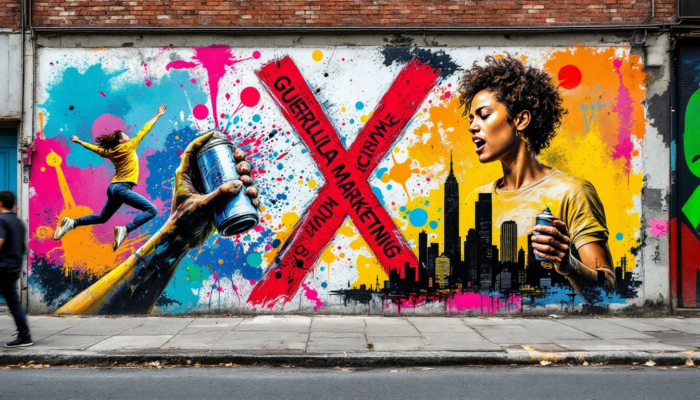
5. Stay Relevant with your Content
To maximize impact, your guerrilla marketing campaign should tap into current trends, issues, or cultural moments that resonate with your target audience. Stay attuned to what’s happening in popular culture, social media trends, and local events.
However, relevance goes beyond just being timely. Your content should also align with your brand values and overall marketing strategy. Every guerrilla campaign, no matter how creative, should ultimately serve your broader business objectives.
Consider creating campaigns that address social issues or community needs, demonstrating your brand’s commitment to making a positive impact. This approach can generate goodwill and foster deeper connections with your audience.
6. Make your Guerrilla Campaign Interactive
Interactivity is a powerful tool in guerrilla marketing. By inviting audience participation, you transform passive observers into active participants, creating a more memorable and engaging experience. Design your campaign with opportunities for people to interact physically or digitally with your brand.
This could involve anything from touchscreen displays and motion-activated installations to augmented reality experiences accessible via smartphones. Social media can extend the interactivity beyond the physical location, encouraging people to share their experiences or participate in related challenges online.
Remember, the goal is to create an experience so compelling that people want to engage with it and share it with others. The more immersive and hands-on the experience, the more likely it is to leave a lasting impression.
7. Don’t Fall for “Viral”
While the potential for a campaign to go viral can be exciting, it shouldn’t be the primary goal of your guerrilla marketing efforts. Attempting to create viral content often leads to forced or inauthentic campaigns that fail to resonate with audiences.
Instead, focus on creating genuine, high-quality experiences that align with your brand and speak directly to your target audience. If your campaign is truly creative, relevant, and engaging, it has the potential to gain organic traction and spread naturally.
Remember, even if a campaign doesn’t go viral in the traditional sense, it can still be highly effective in reaching and influencing your target audience. Measure success based on your specific marketing objectives rather than viral metrics alone.
8. Measure Performance
While guerrilla marketing can be more challenging to measure than traditional advertising, it’s crucial to establish key performance indicators (KPIs) and track the impact of your campaigns. Depending on your objectives, these metrics might include:
- Social media mentions and shares
- Hashtag usage
- Increase in website traffic or search volume for your brand
- Media coverage and PR value
- Foot traffic to physical locations (if relevant)
- Sales lift during and after the campaign period
- Brand awareness and sentiment shifts
Utilize a combination of digital analytics tools, social listening platforms, and traditional market research methods to gather comprehensive data. This information not only helps you assess the success of your current campaign but also provides valuable insights for refining future guerrilla marketing efforts.
Conclusion
In conclusion of Adoragency article, guerilla marketing is a powerful, cost-effective strategy that leverages creativity and surprise to make a lasting impact. By breaking away from traditional marketing approaches, it enables brands to capture attention in unexpected ways, fostering strong connections with their audience and generating organic word-of-mouth. Its innovative and bold nature makes it ideal for businesses looking to stand out, especially with limited resources.
FAQs
What is guerilla marketing?
Guerilla marketing is an unconventional marketing strategy that focuses on creative, low-cost tactics to capture the attention of the target audience. It often relies on surprise and originality rather than traditional advertising methods.
Who can benefit from guerilla marketing?
Small businesses, startups, and brands with limited marketing budgets can greatly benefit from guerilla marketing. It is also ideal for any company looking to create memorable, buzz-worthy campaigns that resonate with their audience.
What are examples of guerilla marketing tactics?
Common guerilla marketing tactics include flash mobs, street art, interactive installations, public stunts, and ambush marketing. These strategies often take place in public areas and are designed to be shareable, both in-person and online.
How does guerilla marketing differ from traditional marketing?
Unlike traditional marketing, which often requires large budgets and follows structured media plans, guerilla marketing focuses on creativity, flexibility, and unexpected methods to engage audiences. It is usually more direct and interactive, aiming to provoke immediate reactions.
What are the risks of guerilla marketing?
While guerilla marketing can be highly effective, it comes with risks. The unpredictable nature of these campaigns can sometimes lead to misunderstandings or negative publicity if not executed carefully. Additionally, guerilla marketing stunts that disrupt public spaces may face legal issues or backlash.
How can I ensure my guerilla marketing campaign is successful?
To increase the chances of success, your guerilla marketing campaign should be relevant to your target audience, align with your brand values, and be executed in a way that’s legal and respectful of public spaces. Ensure it’s memorable, easily shareable, and has a clear message or call-to-action.
Can guerilla marketing work for online businesses?
Yes, guerilla marketing can be adapted for the digital world. Viral social media challenges, unexpected partnerships, and creative digital content can create the same sense of surprise and engagement online as traditional guerilla marketing does in physical spaces.

